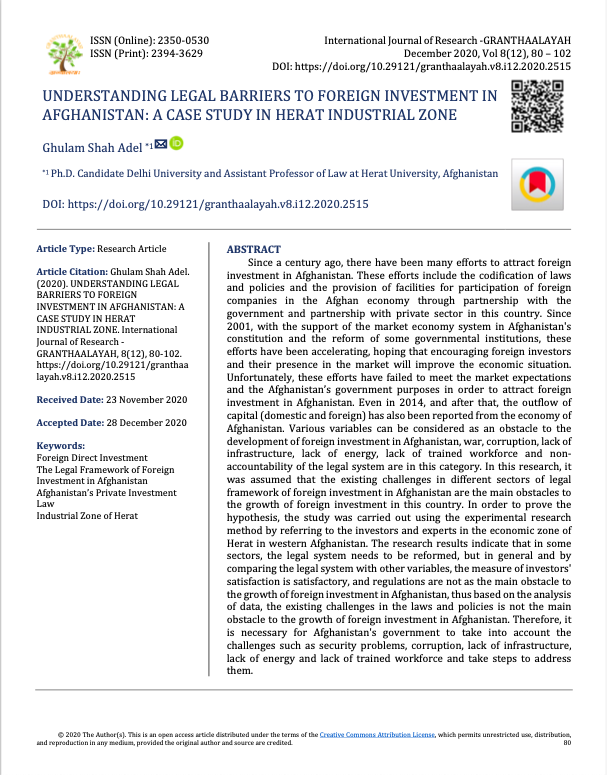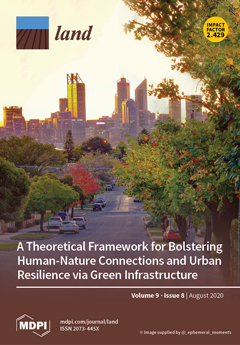Welfare impacts of smallholder farmers’ participation in multiple output markets: empirical evidence from Tanzania
A relatively large body of literature has documented the welfare effects of smallholder farmers’ participation in single-commodity output markets. However, limited empirical evidence is available when smallholder farmers participate in multiple-commodities output markets. We tried to fill this gap in the literature by estimating the impacts of smallholder farmers’ contemporaneous participation in both maize and legume markets vis-à -vis in only maize or legume markets using household-level data from Tanzania.






